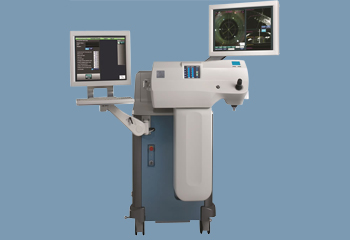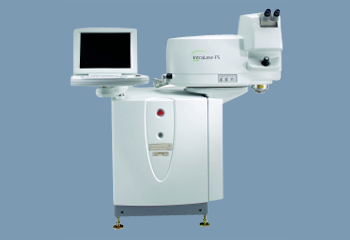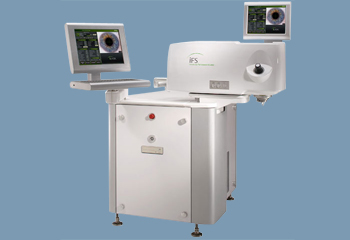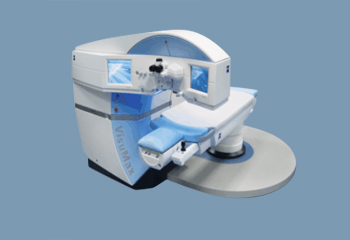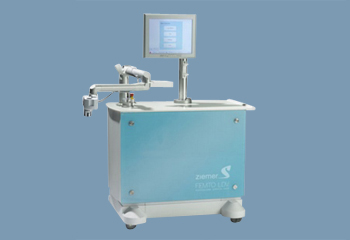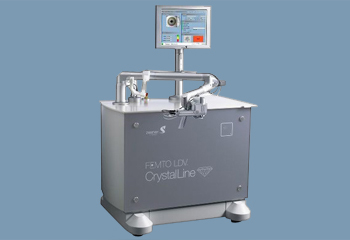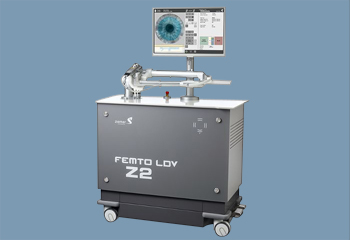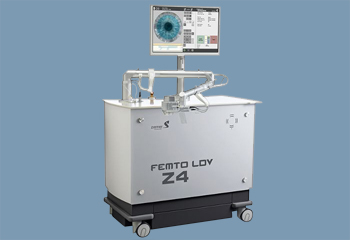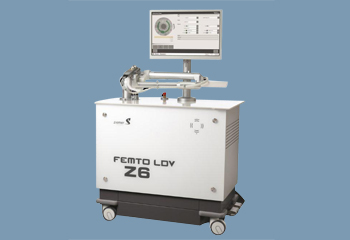Femtosecond lasers are incredibly precise tools used for a variety of functions, including the production of microelectronics and materials processing. In ophthalmology, they’ve helped improve the accuracy of cataract surgery to unprecedented levels. And they’ve made LASIK surgery a safe, effective, and accessible alternative for patients who want to fix their eyesight problems once and for all.
How femtosecond lasers work
Femtosecond lasers emit ultrashort optical pulses, in the domain of femtoseconds, which classifies them as ultrashort pulse or ultrafast lasers. These pulses can be applied predictably and more precisely than handheld tools, resulting in minimal collateral tissue damage. They essentially eliminate the need to complete any procedural step by hand. For example, in LASIK surgery, femtosecond lasers are used to create a thin corneal flap in the first step of the process. Originally, this step was performed using a microkeratome, a handheld bladed surgical tool. Today, femtosecond lasers have transformed LASIK eye surgery into a procedure performed exclusively with lasers.
Benefits of femtosecond lasers
Femtosecond lasers have many pros:
- They reduce risks and improve outcomes in cataract and LASIK surgeries, including reduced risk of corneal abrasions and induced astigmatism.
- Femtosecond laser results are easier to reproduce.
- Femtosecond lasers lead to more effective lens positioning post-operation.
- Procedures using femtosecond lasers have higher patient satisfaction and safety.
- Accuracy of these lasers allows for a higher degree of precision and customization based on patient needs.
For any eye care practice offering LASIK eye surgery or state-of-the-art cataract surgery, femtosecond lasers are a must.
Alcon
AMO
Zeiss
Ziemer


